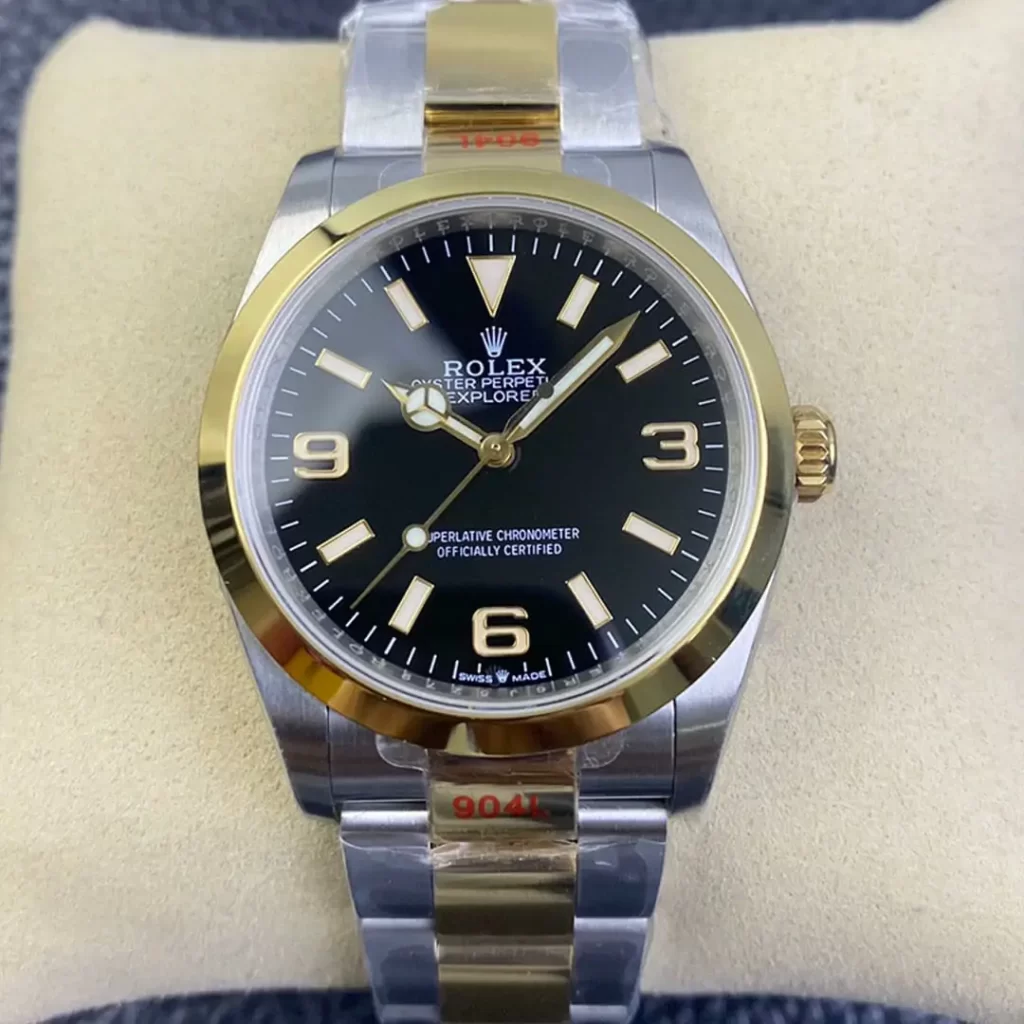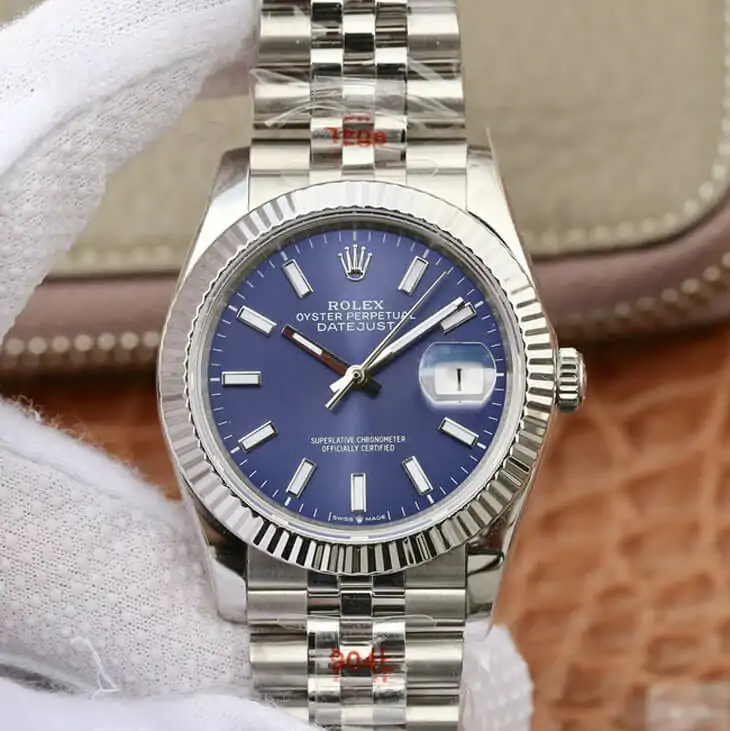When nations poured their resources into the fight against their enemies, Rolex played an unexpected but notable role. The Swiss watchmaker, led by Hans Wilsdorf, offered support to Allied prisoners of war (POWs) by providing them with watches, a gesture that served both as a morale boost and a shrewd marketing move.

The Historical Context
World War II was a time of immense global conflict, with millions losing their lives. For soldiers imprisoned in POW camps, the conditions were particularly dire, and morale was often low. Despite the harsh realities, clone Rolex found a way to provide some comfort by allowing POWs to purchase their replica watches, with payment deferred until after the war. This initiative was made possible due to Switzerland’s neutrality, which allowed packages to be sent to German POW camps.
Hans Wilsdorf’s Risky Yet Bold Decision
Hans Wilsdorf’s decision to offer Rolex watches to POWs without immediate payment was risky. There was no guarantee that the soldiers would survive or be able to settle their debts after the war. Yet, Wilsdorf’s faith that the Allies would ultimately prevail paid off, as it gave POWs a glimmer of hope and a reminder of normalcy. According to reports, British POW officers ordered about 3,000 Rolex watches during the war, a testament to the program’s success.
Clive James Nutting and The Great Escape
One of the most notable stories involves Clive James Nutting, a British Royal Air Force Corporal and a participant in the infamous escape from Stalag Luft III. Nutting, like many others, ordered a Rolex Oyster Chronograph, ref. 3525, which was delivered to him in August 1943. This watch accompanied him during the construction of the escape tunnels known as “Harry,” “Dick,” and “Tom.”

The Great Escape, which took place in March 1944, involved 76 Allied airmen attempting to flee the German camp. Despite elaborate security measures, the prisoners managed to dig tunnels that stretched approximately 300 feet to the forest outside the camp. Their efforts were portrayed in the iconic 1963 film The Great Escape. Nutting’s replica Rolex served as a symbol of resilience, even though he was unable to use the tunnels before their discovery, a twist of fate that likely saved his life. After the war, he emigrated to Australia and continued to share his story, which became part of Rolex’s enduring legacy.
A Marketing Masterstroke
Providing watches to POWs was more than an act of generosity – it was a calculated marketing strategy. Rolex’s initiative not only boosted the spirits of Allied soldiers but also raised the company’s profile. By offering their high-quality watches to prisoners, Rolex reinforced its reputation as a symbol of precision and reliability, even under the harshest conditions. This bold move by Wilsdorf conveyed confidence in the Allies’ victory and secured a lasting bond with the servicemen who survived.

The Historical Significance of POW Rolex Watches
Rolex POW watches, including Nutting’s, have become highly sought-after collectors’ items. Nutting’s watch, along with correspondence with Wilsdorf, was sold at an auction for £66,000 in 2007. These watches represent not just a piece of horological history but also the resilience of those who endured wartime captivity. Over the years, other such watches have appeared at auctions, each carrying its own story of endurance and hope.
Rolex’s contribution to WWII goes beyond timekeeping. Through Hans Wilsdorf’s vision, the company provided more than just watches – they provided hope. The initiative of supplying watches to POWs, particularly those involved in events like The Great Escape, became a testament to the brand’s enduring legacy. Today, these watches stand as symbols of resilience, hope, and the enduring human spirit during one of history’s darkest chapters.